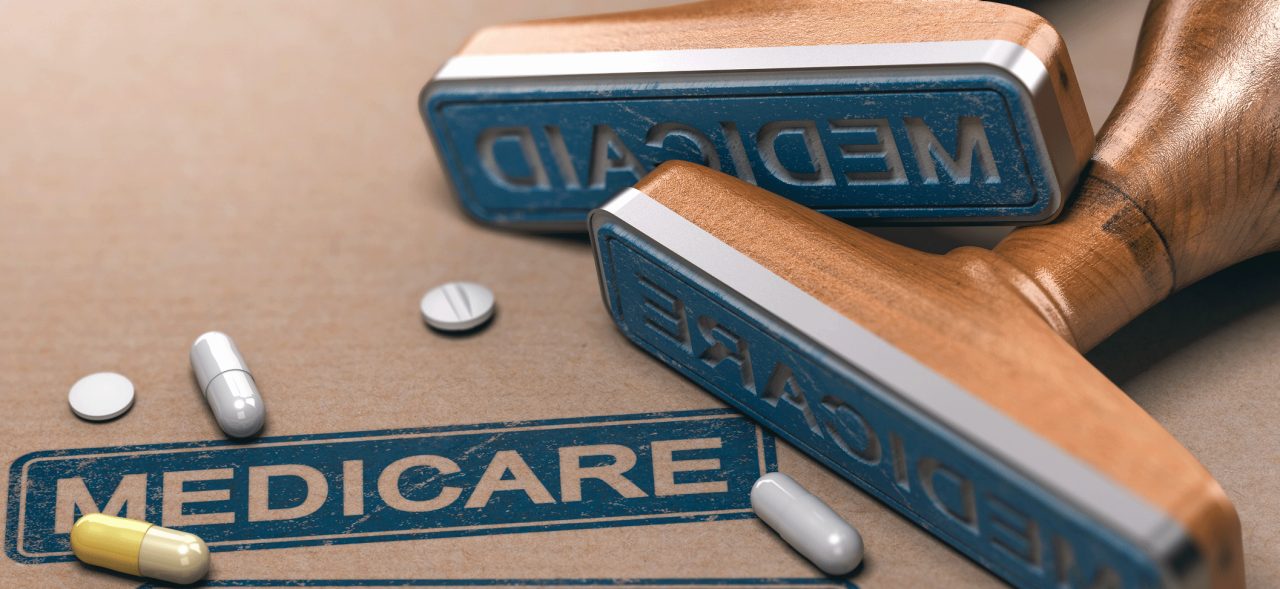How Do Medicare Prescription Costs Compare to Earlier Prices?

Your total Medicare prescription costs depend on several factors, including changes made by Congress. Here’s why some Medicare drug costs are higher this year.
You can’t know in advance how much Medicare prescription drug costs will add up for you each year. But it helps to understand how the system works. Medicare rules respond to inflation for drug costs, which means certain thresholds change each year.
YOU MIGHT ALSO LIKE: Changes in Medicare Drug Coverage Rules
Do I qualify for financial help?
Some people qualify for “Extra Help,” which you get automatically if you get full Medicaid coverage, help from your state paying your Part B premiums, or special Social Security benefits called SSI.
You may have to apply, however, so that’s an important fact to look into. You can apply here.
What happens if I skip drug coverage?
If you don’t qualify for financial assistance and don’t sign up for drug coverage (Part D), you will be charged a penalty every month added onto your premium. The exception is if you have other drug coverage through work, a union, or another government program. The bottom line: You need drug coverage.
How are my costs determined?
It helps to know which drugs you’ll need when you sign up for a Medicare prescription drug plan (Part D) or Medicare Advantage Plan (Part C), which is much like an HMO or PPO and includes drug coverage. The cost of your specific plan, the amount you pay for medications, and which drugs are covered can vary quite a bit. Medicare offers an online tool to help you find plans that cover your prescriptions.
Medicare has rules that help limit drug costs, which you’ll encounter in three ways.
- You may have a deductible. If so, you must pay the full cost of your prescription drugs until you reach that deductible
- In addition, you may pay out-of-pocket for a certain amount of drug costs before you may reach a “catastrophic threshold.”
- At that point, Medicare begins paying a large percentage of prescription costs.
These factors can fluctuate a little, or a lot, from year to year, depending on changes made by Congress.
Understanding Medicare prescription costs changes in 2023
The maximum deductible has increased from $480 in 2022 to $503 in 2023.
After you reach your deductible limit, your plan pays for a portion of the price of each prescribed medication (if the drug is covered under a list of drugs known as the plan’s formulary). You pay the rest of the cost, depending on your specific coverage.
This stage continues until the total cost of prescription drugs (the amount you and your drug plan paid) equals the “initial coverage” limit, an amount Medicare sets every year. In 2022 that amount was $4,430; it increases in 2023 to $4,660.
If you reach the $ 4,660 benchmark, your costs change. Before being phased out in 2020, reaching this point, the dreaded “donut hole,” meant you were responsible for all of your drug costs until you reached the final, “catastrophic” coverage stage.
Now, you pay up to 25 percent of the costs for both generic and brand-name drugs until you reach the next benchmark, when your costs are considered catastrophic.
To reach the catastrophic stage, you’ll have to spend $7,400 in 2023 on covered drugs, up from $7,050 in 2022.
At this point, for any further drug costs, you’ll be responsible for a small co-pay like $10 or $20 and a percentage of the cost, or coinsurance, which might be 20 percent.
Updated:
November 16, 2022
Reviewed By:
Janet O’Dell, RN